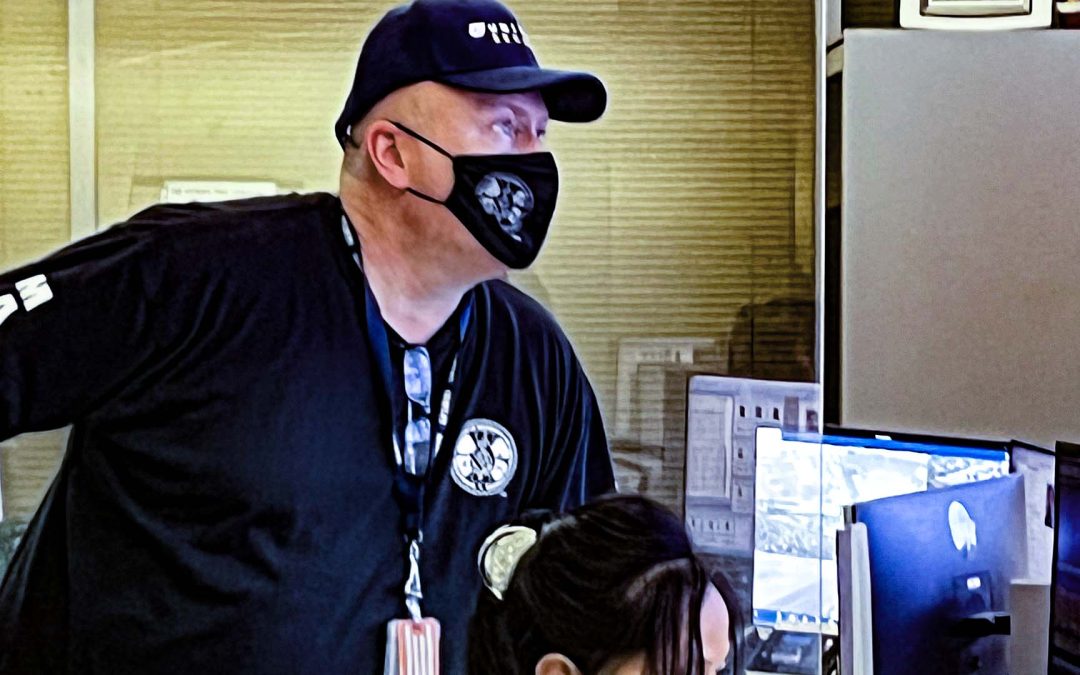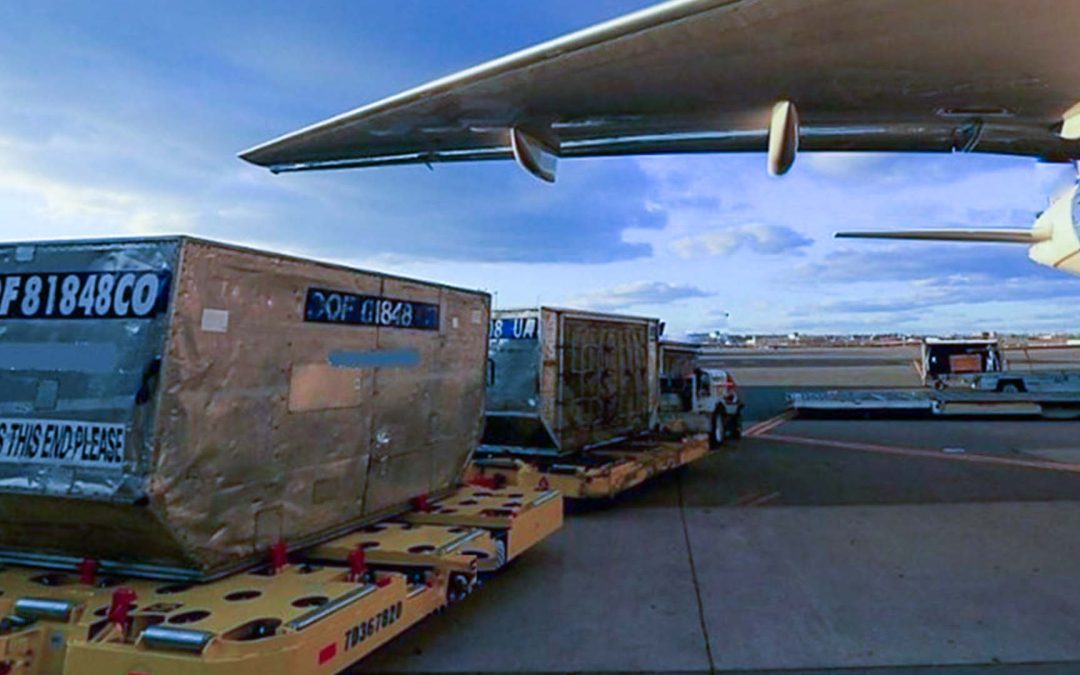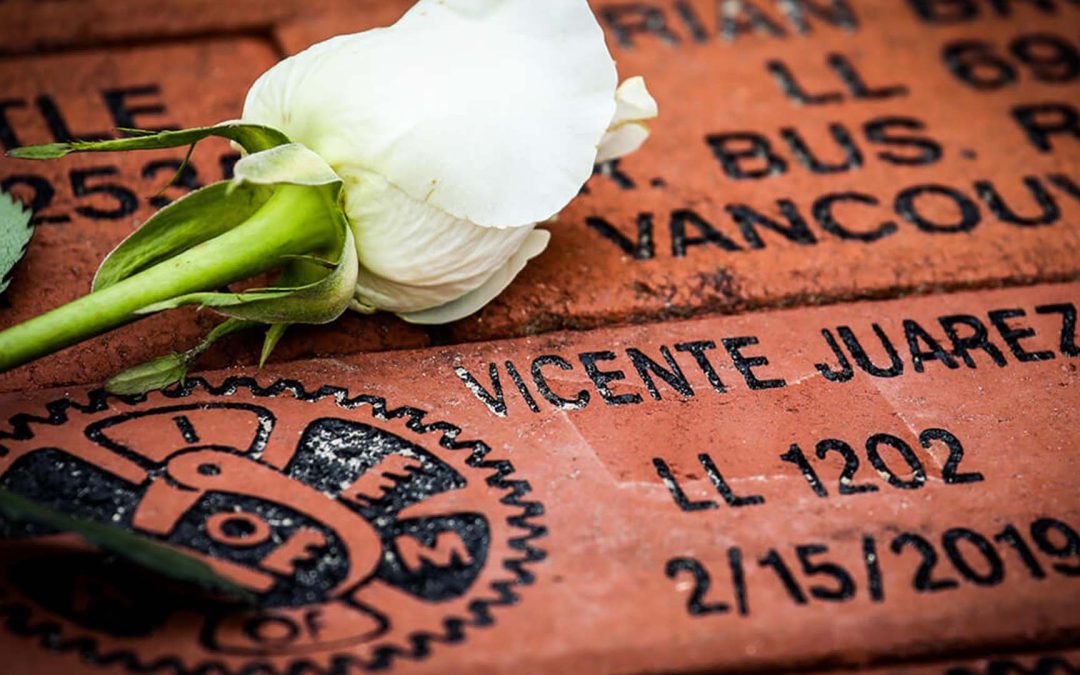
by Eric Price | Mar 11, 2022 | Front Page, Page Five, Page Four, Page Two, Perusals, Row 2, Video
141 Report: The Machinists Union-Represented Security Force at United YouTube11 March 2022 This week, join the 141 Report for an interview with two machinist guests from San Franciso airport. Our focus this week is on the IAM-represented United Airlines Security...

by Eric Price | Mar 8, 2022 | Front Page, Organizing, Page Five, Page Three, Page Two, Perusals, Row 2
IAM Files for Representation Election for 350 Swissport Workers Organizing8 March 2022 The IAM this morning filed a petition at the National Labor Relation Board (NLRB) in Newark, NJ, to represent approximately 350 Swissport cargo workers. The workers employed at the...

by Eric Price | Mar 7, 2022 | Front Page, GOIAM Stories, MNPL, Page Four, Page Three, Page Two, Perusals, Row 2
Machinists Union: President Biden’s Historic ‘Buy American’ Expansion Answers Decades-Long Calls from U.S. Workers GOIAM.org7 March 2022 “The Machinists Union has championed and called for an expansion of ‘Buy American’ domestic content requirements for decades....

by Eric Price | Mar 4, 2022 | Front Page, Page Five, Page Four, Page Three, Page Two, Perusals, Row 2, Video
141 Report: New York Powerhouse Local 1322 YouTube4 March 2022 This week the viewers and podcast listeners Steven K Jenkins, the new President of New York City IAM Local 1322. Brother Steven describes his early days and how he rose through the ranks to become the new...

by Eric Price | Mar 2, 2022 | Front Page, GOIAM Stories, Page Five, Page Four, Page Three, Page Two, Perusals, Row 2, Safety
Here’s How You Can Honor a Fallen Coworker at the Machinists Union Workers’ Memorial Safety2 March 2022 Each year, April 28 is recognized as Workers’ Memorial Day, a day for us to commemorate the thousands of workers killed, injured, or sickened on the...

by Eric Price | Feb 28, 2022 | Front Page, JetBlue, Organizing, Page Five, Page Four, Page Three, Perusals, Row 2
JetBlue Crewmembers Deserve More from Northeast Alliance Justice at JetBlue28 February 2022 Two-thirds of JetBlue’s operation is now tied up with American’s in the so-called “Northeast Alliance.” American and JetBlue now share revenue and coordinate schedules in New...







